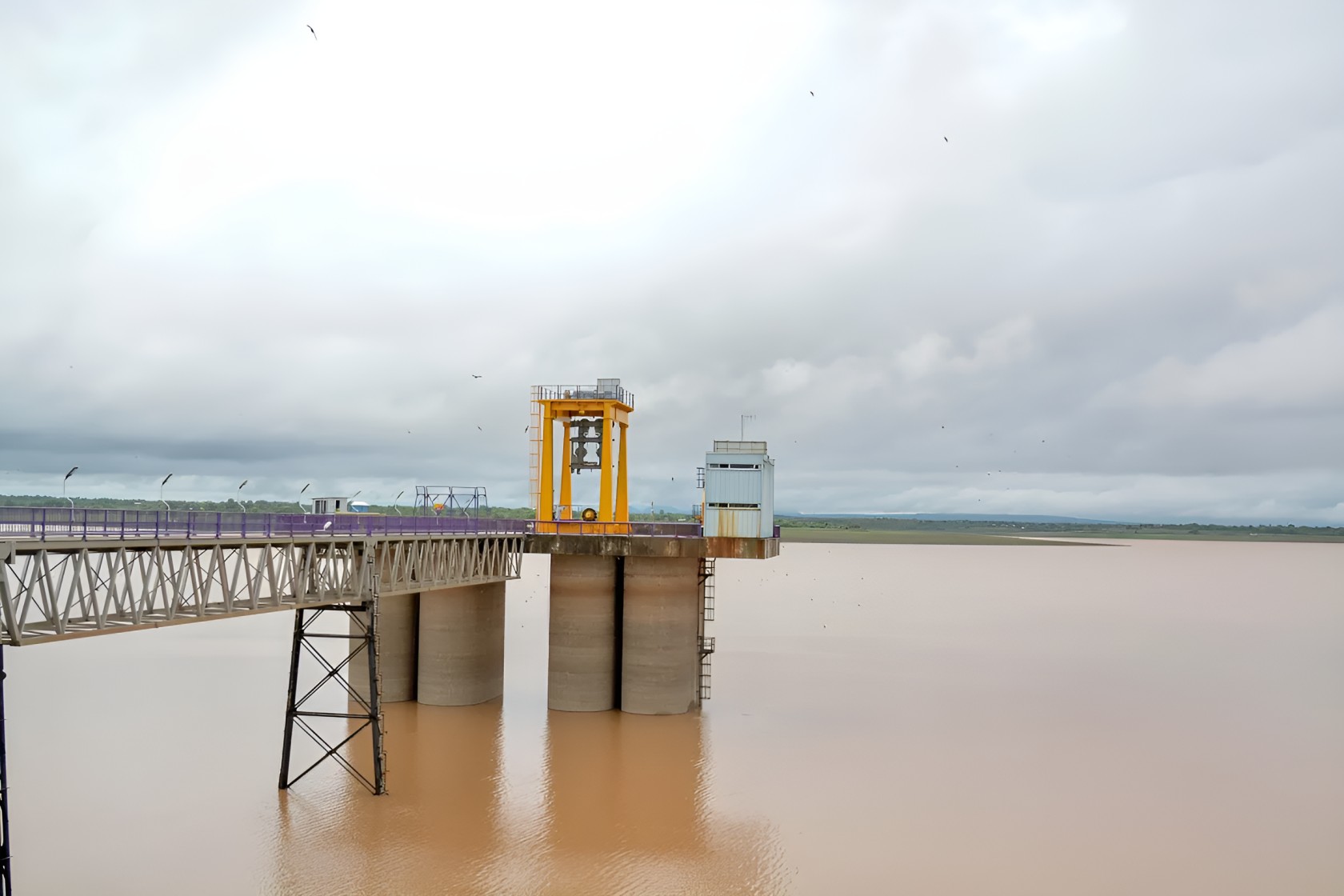Residents in Garissa and Tana River counties have been urged to evacuate immediately after the Masinga Dam exceeded its full capacity, sparking fears of widespread flooding.
Energy Principal Secretary Alex Wachira raised the alarm, saying the water level at Masinga Dam had reached 1,057.15 meters above sea level surpassing its maximum safe limit of 1,056.5 meters. The level continues to rise due to heavy rains and increased inflows from the Aberdares and Thiba River.
"The situation is serious, and residents living near riverbanks, especially in Garissa and Tana River, should move to higher ground immediately," Wachira warned.
He explained that the dam has already started overflowing and confirmed that emergency response protocols have been activated.
Inflows into the dam had hit 253.81 cubic meters per second, and with more rain expected, the threat of flooding remains high.
"We are closely monitoring all hydropower stations within the Seven Forks cascade," said Wachira.
"As the Ministry responsible for Energy, we wish to reassure Kenyans that the government is closely monitoring the situation across the Seven Forks hydropower cascade dams and is coordinating all relevant agencies to respond swiftly and decisively to protect lives, livelihoods and infrastructure."
He added that the government will continue updating and supporting affected communities while working to improve climate resilience in the energy sector.
KenGen CEO Peter Njenga, who accompanied the PS during an inspection of the facilities, confirmed that Masinga Dam began overflowing on April 30.
He also reported that Kiambere Dam had exceeded its full supply level of 700 meters above sea level as of May 14.
"As of May 14, Masinga Dam was 0.65 meters above its full supply level (1056.5 mASL), while Kiambere Dam was 0.27 meters above its full supply level (700 mASL)," Njenga said.
"These developments are due to increased inflows from the Thiba River and the Aberdares."
Despite the rising water levels, Njenga assured that electricity supply remains stable.
"These unprecedented rainfall patterns actually present an opportunity for our hydropower generation capacity," said Wachira.
"We’re also exploring a plan to raise the dam by 1.5 metres to improve water holding capacity and prevent future flooding."
KenGen said it has stepped up community outreach in vulnerable regions, urging people in low-lying areas to move to safer locations.
The Seven Forks cascade, which stores more than 2.3 billion cubic meters of water, is being used for both electricity generation and flood control.
"Our responsibility extends beyond simply generating electricity. We’re committed to being responsible stewards of these water resources and protecting the communities that could be affected by changing conditions," said Njenga.
The government has described the situation as a historic weather event, intensified by climate variability, and pledged to maintain a coordinated response as conditions evolve.
